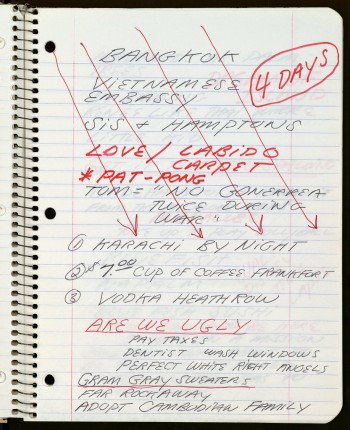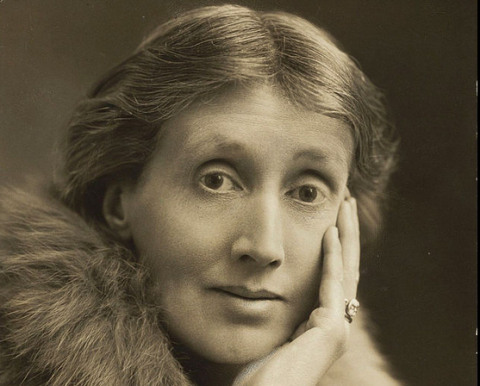This week, the Harry Ransom Center at UT-Austin acquired the archives of Spalding Gray (1941–2004), the actor and playwright most well known for his performance piece “Swimming to Cambodia” (clip here). According to The New York Times, the archive spans some 40 years and features performance notebooks (see image above), diaries, and tapes of Gray’s performances, including an early version of “Swimming to Cambodia” recorded in 1983, and a clip from “Life Interrupted,” the monologue Gray was working on when he died in 2004. Gray’s materials will reside alongside the papers of David Mamet, Norman Mailer, James Joyce, Samuel Beckett and others.
The NYTimes has the full story here.



